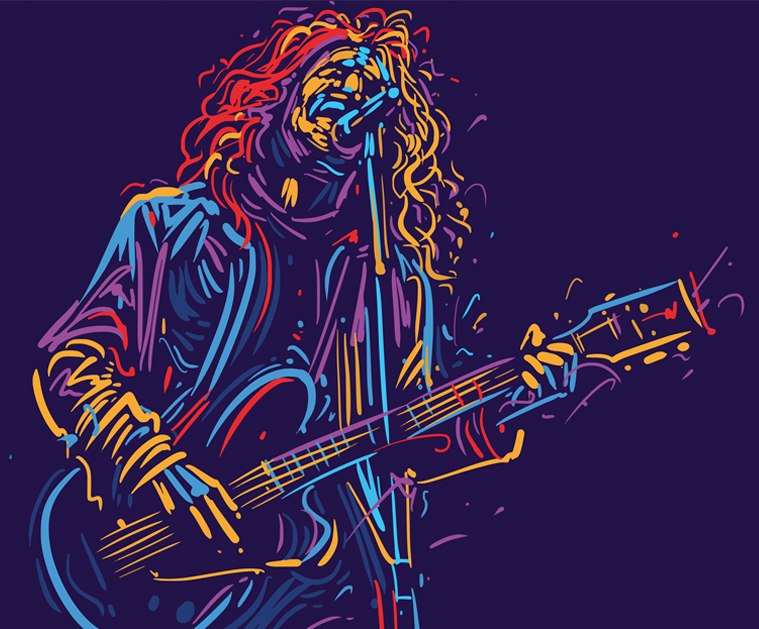Music is a universal language that transcends borders, connecting people from diverse cultures and backgrounds. Among the myriad ways music manifests itself, world instruments hold a special place.
These instruments are not just tools for producing sound; they are cultural artifacts that carry the history, traditions, and soul of their respective regions. This article aims to provide an introduction to world instruments, exploring their origins, types, craftsmanship, and their role in contemporary music.
The Origins of World Instruments
World instruments have ancient roots, with some dating back thousands of years. They are often closely tied to the geographical and cultural landscapes of their origin.
For example, the sitar from India reflects the intricate melodic structures of Indian classical music, while the djembe drum from West Africa embodies the rhythmic vitality of African traditions. Understanding the origins of these instruments provides insight into the cultural fabric of their respective societies.
Types of World Instruments
String Instruments
- Sitar (India): The sitar is characterized by its long neck and numerous strings, which produce a resonant and complex sound. It is a staple in Indian classical music and has gained international fame through its use in popular and fusion genres.
- Kora (West Africa): This 21-stringed instrument is made from a calabash gourd cut in half and covered with cow skin. It is used to accompany storytelling and has a harp-like sound that is both melodic and rhythmic.
- Oud (Middle East): The oud is a pear-shaped, fretless instrument with a rich, warm tone. It is a precursor to the European lute and plays a central role in Middle Eastern music.
Wind Instruments
- Didgeridoo (Australia): Originating from the Indigenous peoples of Australia, the didgeridoo is a long, wooden instrument known for its deep, droning sound. It is traditionally played in ceremonial contexts.
- Duduk (Armenia): The duduk is a double-reed woodwind instrument with a haunting, soulful sound. It is often used in Armenian folk music and has gained international recognition through its use in film scores.
- Pan Flute (Andes): Made from a series of tubes of varying lengths, the pan flute is a traditional instrument of the Andean region. It produces a sweet, melodious sound that evokes the landscapes of the mountains.
Percussion Instruments
- Djembe (West Africa): The djembe is a goblet-shaped drum that is played with bare hands. It is known for its wide range of tones and is used in various social and ceremonial contexts.
- Tabla (India): This pair of drums is essential in Indian classical music. The tabla is known for its intricate rhythms and the fine-tuned control required to play it.
- Cajón (Peru): Originally from Afro-Peruvian culture, the cajón is a box-shaped percussion instrument that is gaining popularity in various musical styles worldwide.
Keyboard Instruments
- Accordion (Europe): The accordion is a portable, free-reed instrument with a distinctive sound. It is used in a wide range of musical genres, from folk to classical and pop.
- Harmonium (India): The harmonium is a small, pump-operated reed organ. It is widely used in Indian music, both in classical and devotional genres.
The Craftsmanship Behind World Instruments
The construction of world instruments is a testament to the skill and artistry of their makers. Traditional instruments are often handcrafted using local materials, such as wood, bamboo, gourds, and animal skins.
The craftsmanship involved in creating these instruments is passed down through generations, preserving the cultural heritage and identity of the communities. Modern technology has brought changes to the way some instruments are made, but the essence of their traditional construction methods remains.
Preserving the Legacy of World Instruments
As globalization and modernization continue to influence cultures worldwide, efforts to preserve the legacy of world instruments have become increasingly important. Museums, cultural institutions, and educational programs play a crucial role in safeguarding these instruments and the intangible cultural heritage they represent.
Initiatives such as UNESCO’s Intangible Cultural Heritage list help raise awareness and provide support for the preservation of traditional music and instruments.
World Instruments in Contemporary Music
World instruments are not confined to traditional settings; they have found a place in contemporary music, creating a fusion of sounds that bridge cultural divides.
Artists and bands from various genres incorporate world instruments into their music, bringing a unique texture and depth to their sound. This fusion not only enriches the music but also introduces audiences to the diverse musical traditions of the world.
Conclusion
World instruments are more than just musical tools; they are echoes from afar, carrying the stories, emotions, and heritage of their origins. An introduction to world instruments opens a window to the rich tapestry of global cultures and their musical expressions.
As we explore and appreciate these instruments, we contribute to the preservation of cultural diversity and the continued evolution of music as a universal language.
If you’re interested in learning and improving on a specific instrument of your choice, we highly recommend checking out what the East End Arts Musis School has to offer, from group classes to private lessons and much more.
We recommend you consider working with our all abilities theater group, which adds sounds from all sorts of instruments, including rain sticks and a variety of percussion instruments.






